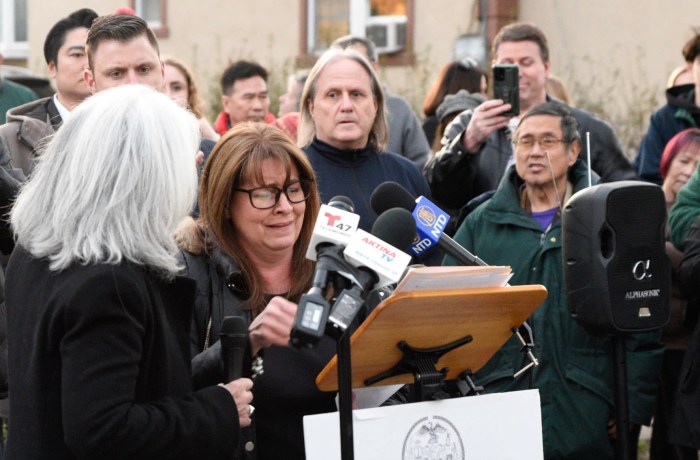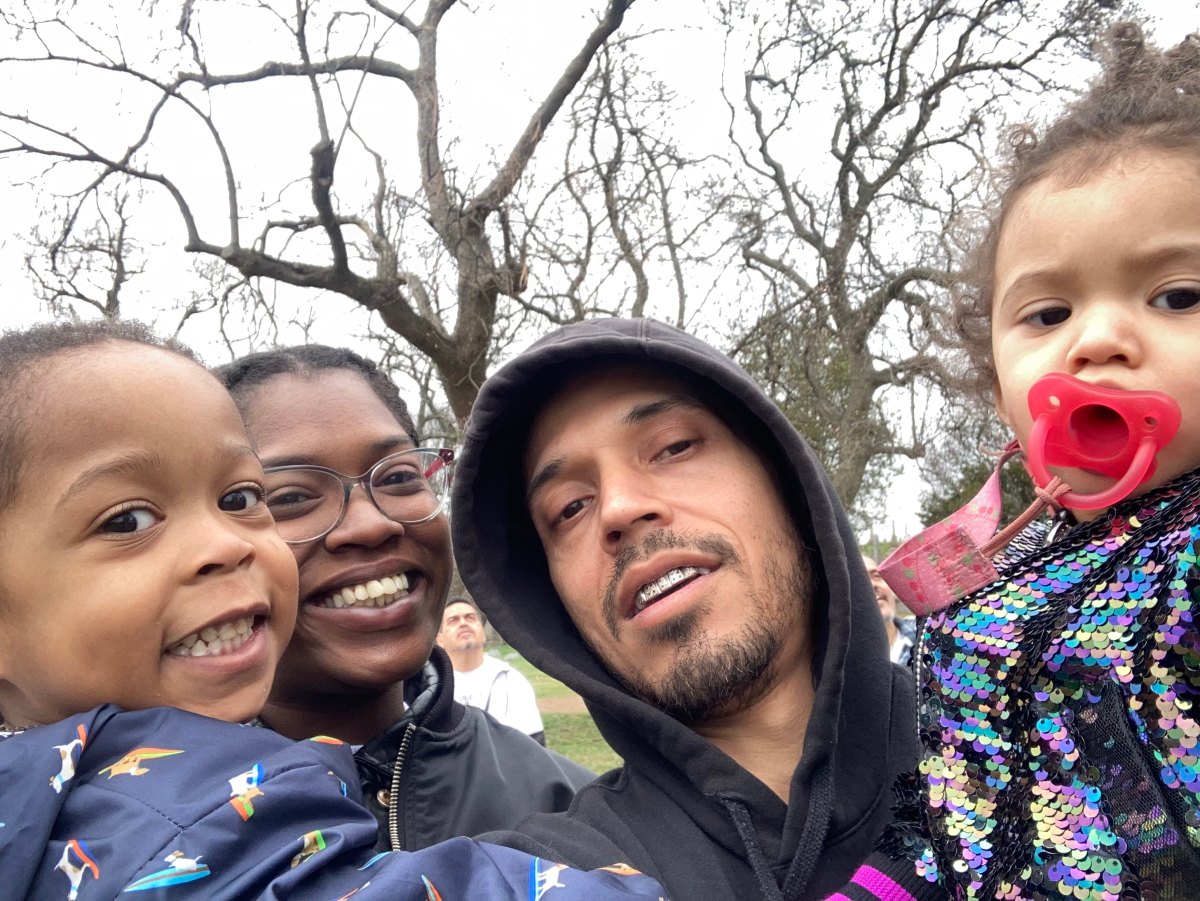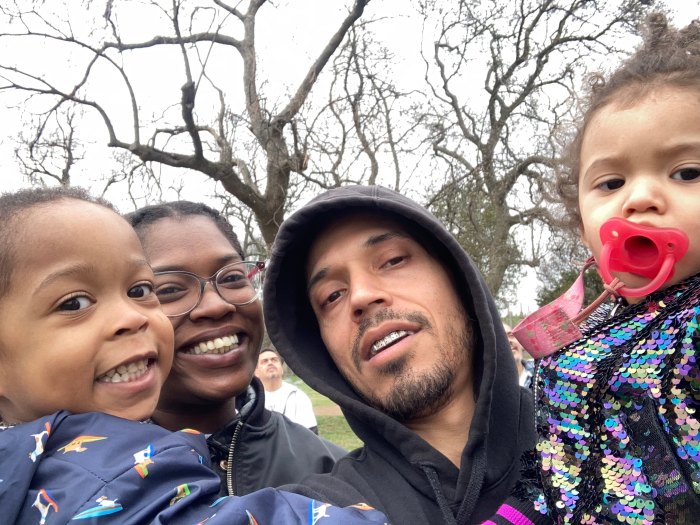
BY ZACH WILLIAMS | Local musician Kim Kalesti never suffers writer’s block, an important element in “Kimistry: The Living Museum” her autobiographical composition heard at St. Mark’s Church-on-the-Bowery on March 15.
Her half-hour performance that day reflected the fortune, if not fame, she has enjoyed more than 30 years after moving to Little Italy. In that time, she got married, divorced, raised two children and watched the neighborhood, jazz music and her own musical talents evolve. She speaks rhythmically in conversation with an eager smile, extolling a desire for harmony.
“When I’m singing, everything that was inside of me for the last 57 years and everything that I believe and every emotion that I am feeling in my heart and my philosophy of life and my compassion toward people and the planet are all going to come out in one note,” she said in an interview.
Ambitiously long high notes ended “Garden Forgiveness” as piano chord digressions began “Take My Time.” Kalesti described the show as heavy with “messages about forgiveness, love and transition between resentment and forgiveness.”
Emily King, Kalesti’s daughter, is a singer-songwriter who was a Grammy nominee in 2007 for Best Contemporary R&B Album.
“It’s all based on spirituality, and she’s lived through so much, that the music conveys all of her authenticity,” King said of her mom.
Methodical preparation defined the 15-year effort to develop Kimistry, which utilized the autodidactic skills she began developing when she first took the stage at age five during a family picnic in her native Pueblo, Colorado.
She quickly found that she could guide the emotions of a crowd as a torch singer, the heroine of many a jazz song of unrequited dreams. Adults responded with tears, Kalesti said. Her family was like many others enjoying the American Dream of the 1950s: a house, car and plenty of relatives living nearby. But there was also a family legacy to continue.
Her maternal grandfather played the accordion and encouraged Kalesti’s mother, Maggie Davis, to learn the violin. But Kalesti’s mother always wanted to be a singer. By the time that Kalesti was beginning to seriously contemplate a career as a vocalist, her mother was ready to step in as manager, costume maker, choreographer and agent, according to Kalesti.
As a teenager, Kalesti performed with her sisters in a singing and dancing trio. She then attended a performing-arts high school in Houston, Texas, before being spotted by an agent at age 19. In an age of telegrams and exorbitant long-distance telephone charges, she embarked on a six-month performing stint in Sweden. The fervor and joy of the Swedish lifestyle inspired her to reconsider the nature of show business just as she was learning to live independently, she said.
“It was really nice to learn that entertaining is more than just being on stage,” she said. “It is your personality and who you are and your spirit and the ability to listen to others and to have this ability to have a conversation, that’s what I began to understand about it,” she said of that first experience abroad.
She moved to New York City in 1981 and took up residence with her new husband, Marion Cowings — a fellow jazz musician — in Little Italy in 1983 after they heard from a friend about an abandoned apartment there. In those days, all you had to do was pick a lock and call the landlord, who would be grateful that someone would want to rent an apartment, according to Kalesti.
“Nobody even wanted to visit us because they were so afraid of the neighborhood,” she said.
The local jazz scene then was vibrant and fertile, said Kalesti. Furthering her understanding of melody, lyrics, harmonies, form and interludes often arose from listening to Charlie Parker saxophone solos or rubbing elbows with other jazz notables at places such as Bradley’s on University Place, which closed in 1996.
She and Cowings would regularly perform as a duet from 1983 until 1997, with a decade-long engagement with Lincoln Center from 1991 to 1996. Life as musicians also prepared them for the challenges of parenting, according to Kalesti. When King began talking about pursuing a musical career at age 16, a family meeting ensued, as it would when her son launched his tap-dancing career, said Kalesti.
“It’s serious being an artist,” she said. “You have to be self-disciplined. You have to understand the seriousness of being an artist. It’s not a vocation. It’s a lifestyle. It’s a philosophy of living, and it’s a responsibility you should take very seriously because people are listening to every word you say.”

















